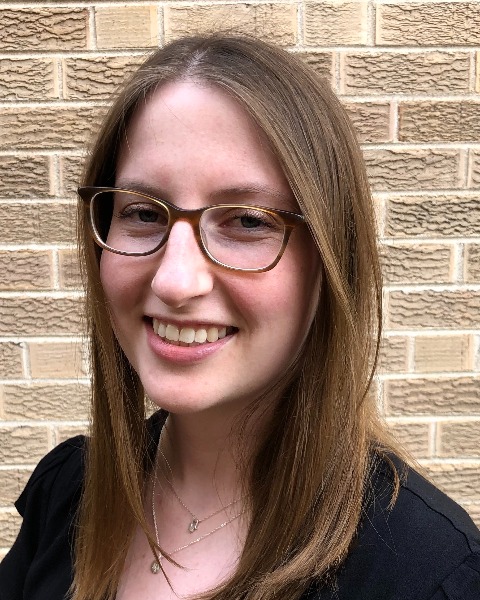Industry Abstract
OBSTETRICS
Postpartum depression pharmacotherapy treatment patterns in two US claims databases - IP02-C
Friday, May 17, 2024
1:00 PM - 2:00 PM PDT
Location: Hall C
Authors:Devika Chawla PhD; Katherine Johansen Taber PhD; Jennifer Payne MD; Royce Adkins MD; Andria Del Tredici PhD

Claire Miller, MS (she/her/hers)
Quantitative Scientist
Myriad Genetics
Oakland, California, United States
Introduction:
Postpartum depression (PPD) affects 10-20% of women after childbirth. While pharmacotherapy is one modality recommended to treat PPD, treatment patterns are not well characterized. The objective of this study was to characterize medications used to treat PPD in real-world settings.
Methods:
Patients with ICD-10 codes for delivery from 2015-2022 and for PPD within 180 days of delivery were identified in two US claims databases (Symphony Health and Komodo Healthcare Map™). Psychiatric medication fills in the 365 days after PPD diagnosis were assessed.
Results:
The two cohorts included 46,346 (Symphony) and 9,071 (Komodo) patients with PPD. Among Komodo patients, women’s health providers (obstetrician-gynecologists, nurse midwives) diagnosed over half the PPD cases (57.6%) and prescribed 60.7% of initial medications for patients receiving pharmacotherapy. Most patients with PPD (77.9%) filled at least 1 prescription; of those, 17.9% filled a single prescription and never refilled it. Another 20.8% filled 2 distinct medications, and an additional 12.7% filled 3 or more distinct medications in the year after PPD diagnosis. Sertraline was the most filled first-line treatment (56.1%). Later-line therapies were not dominated by any single medication. Similar results were found in the Symphony cohort. Conclusion/Implications:
PPD is frequently diagnosed and treated by women’s health providers, but treatment patterns are heterogeneous. Most PPD patients are prescribed pharmacotherapy, but almost 1 in 5 discontinue after the first prescription. Among those that continue treatment, one-third receive two or more psychiatric medications in the year after diagnosis, suggesting first-line treatments often fail, and no clear later-line treatment choice is apparent.
Disclosure(s):
Claire Miller, MS: Myriad Genetics: Employee (Ongoing)
Devika Chawla, PhD: Myriad Genetics: Employee (Ongoing)
Katie Johansen Taber, PhD: Myriad Genetics: Employee (Ongoing), Stock Shareholder (excluding mutual funds) (Ongoing)
Jennifer L. Payne, MD: Biogen: Consultant (Terminated, February 3, 2023); Brii Biologics: Consultant (Ongoing); Dionysus Health: Consultant (Ongoing), Intellectual Property/Patents (Ongoing), Owner/Co-Owner Founder/Co-Founder (Ongoing), Stock Shareholder (excluding mutual funds) (Ongoing); Flo Health: Consultant (Ongoing); Janssen: University Grants/Research Support (Ongoing); Karuna: Honorarium (Terminated, December 3, 2021); Merck: Consultant (Terminated, April 14, 2022); Pure Tech: Consultant (Terminated, August 22, 2022); SAGE Therapeutics: Consultant (Terminated, March 11, 2022)
Royce T. Adkins, MD: Myriad Genetics: Consultant (Ongoing)
Andria L. Del Tredici, PhD: Acadia Pharmaceuticals: Stock Shareholder (excluding mutual funds) (Ongoing); Myriad Genetics: Employee (Ongoing), Stock Shareholder (excluding mutual funds) (Ongoing)
